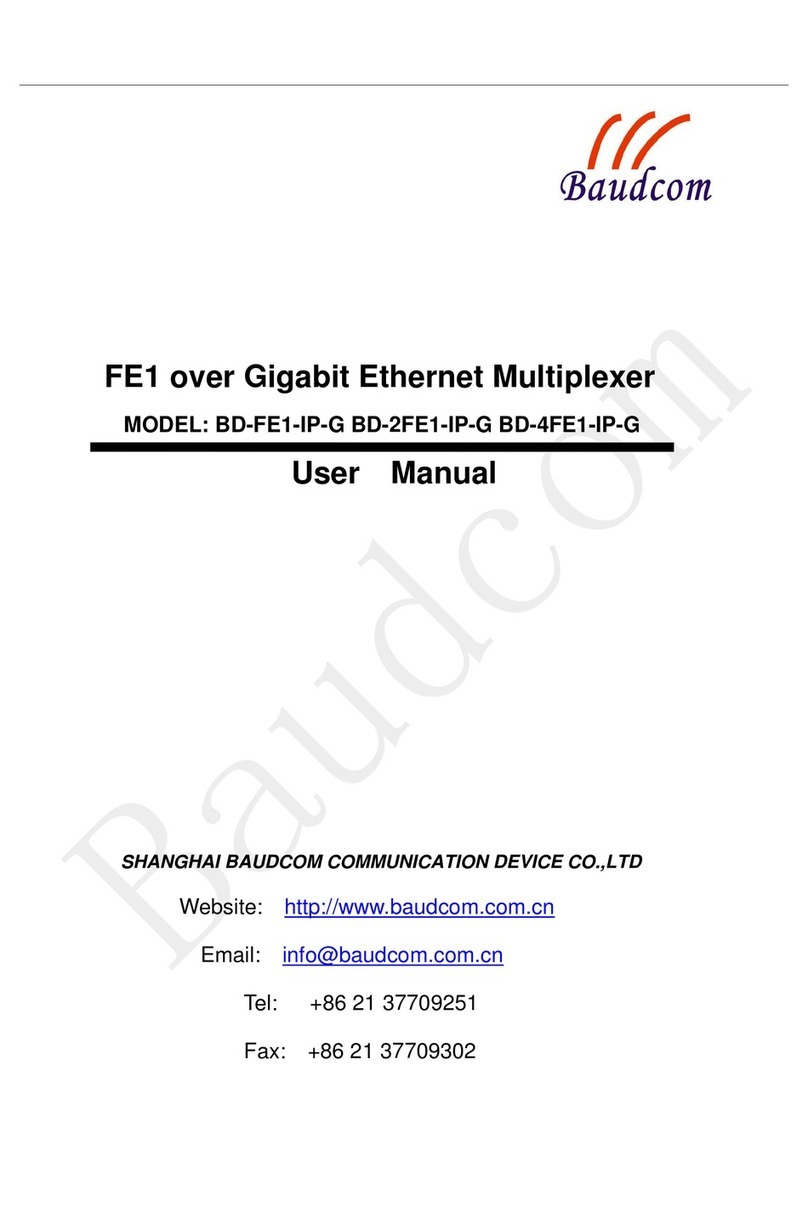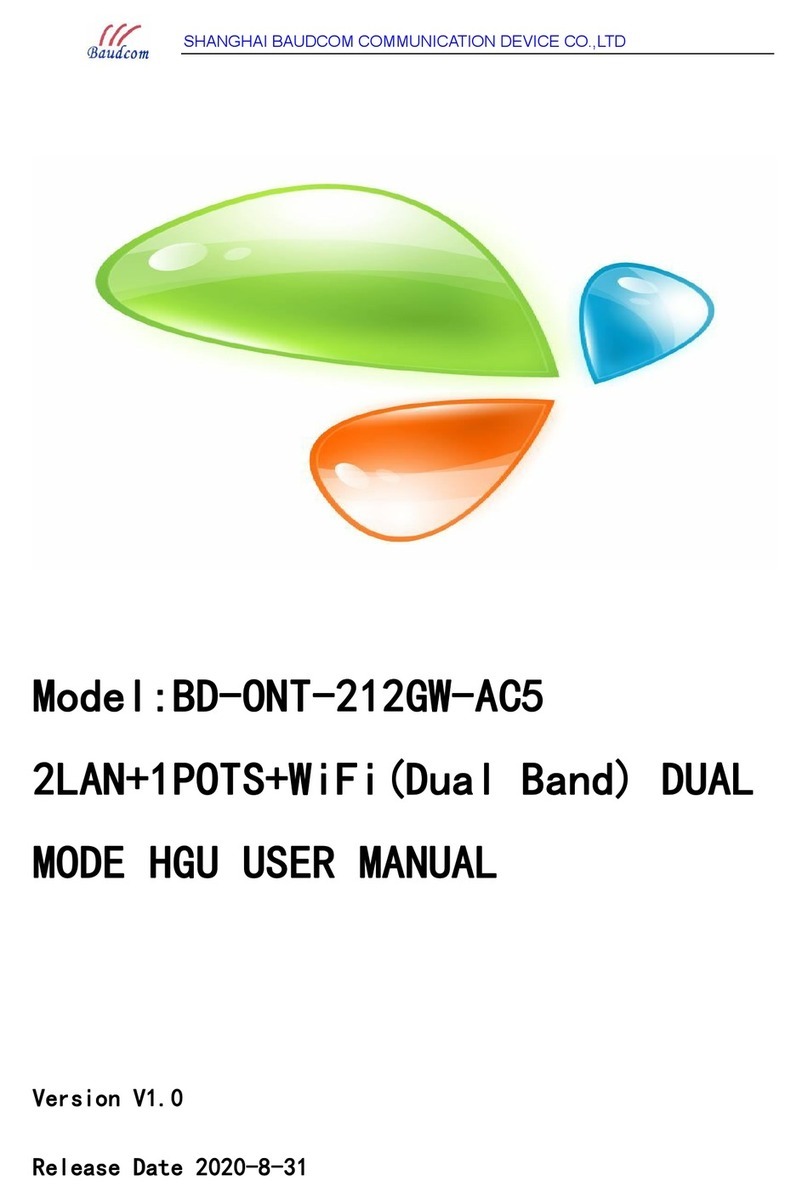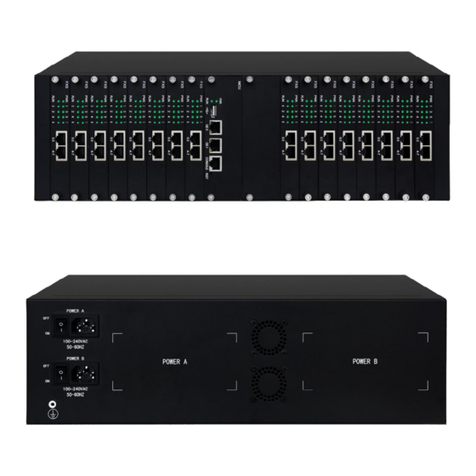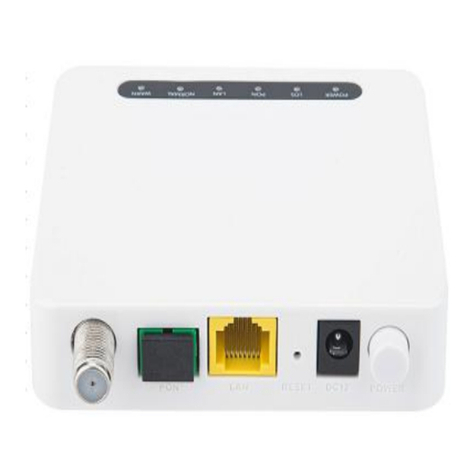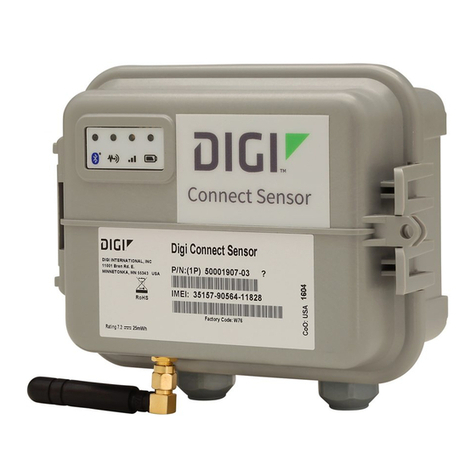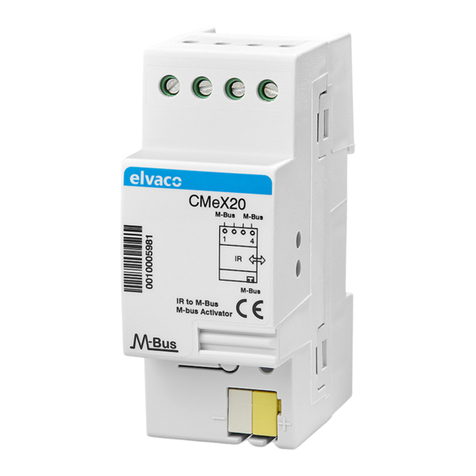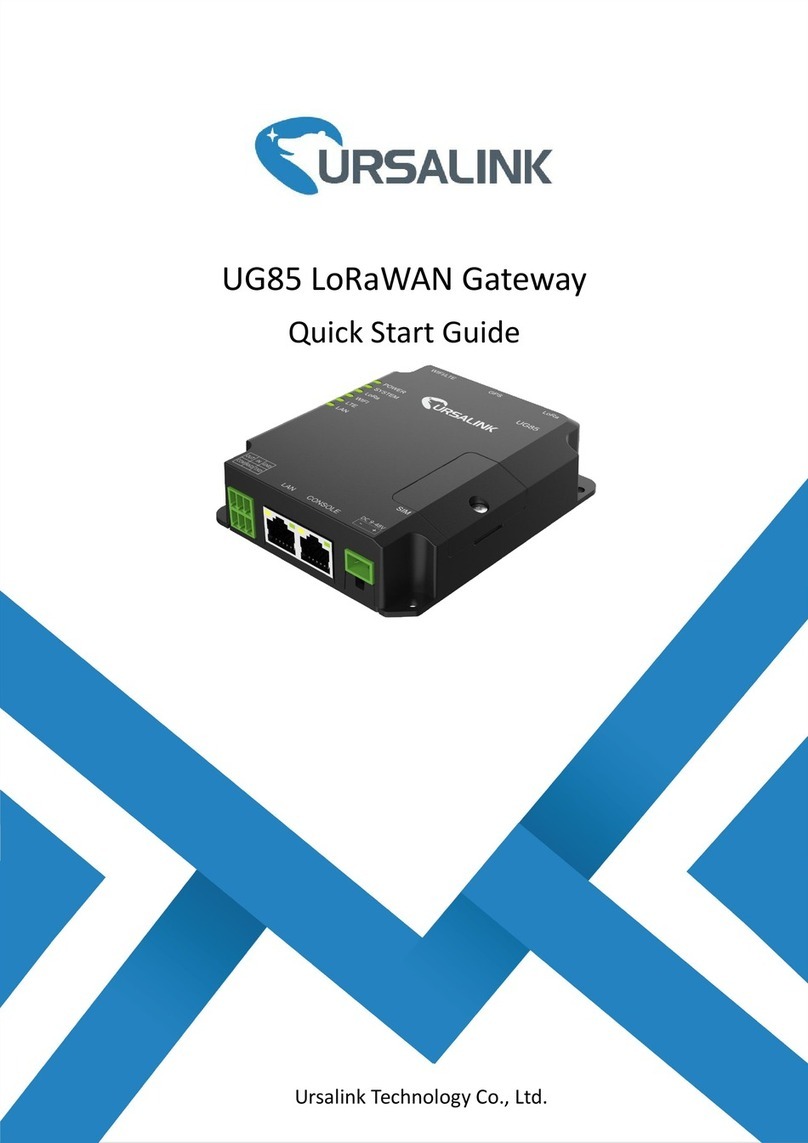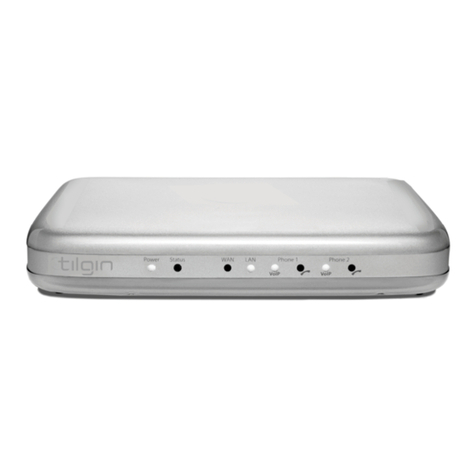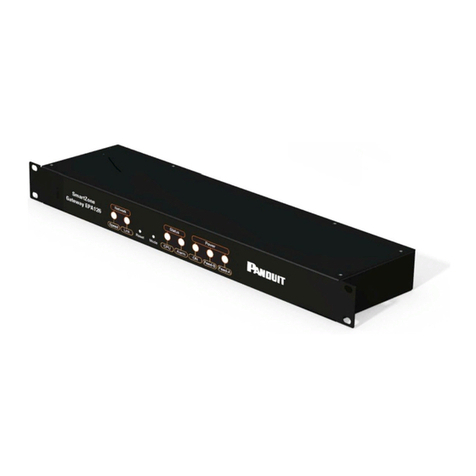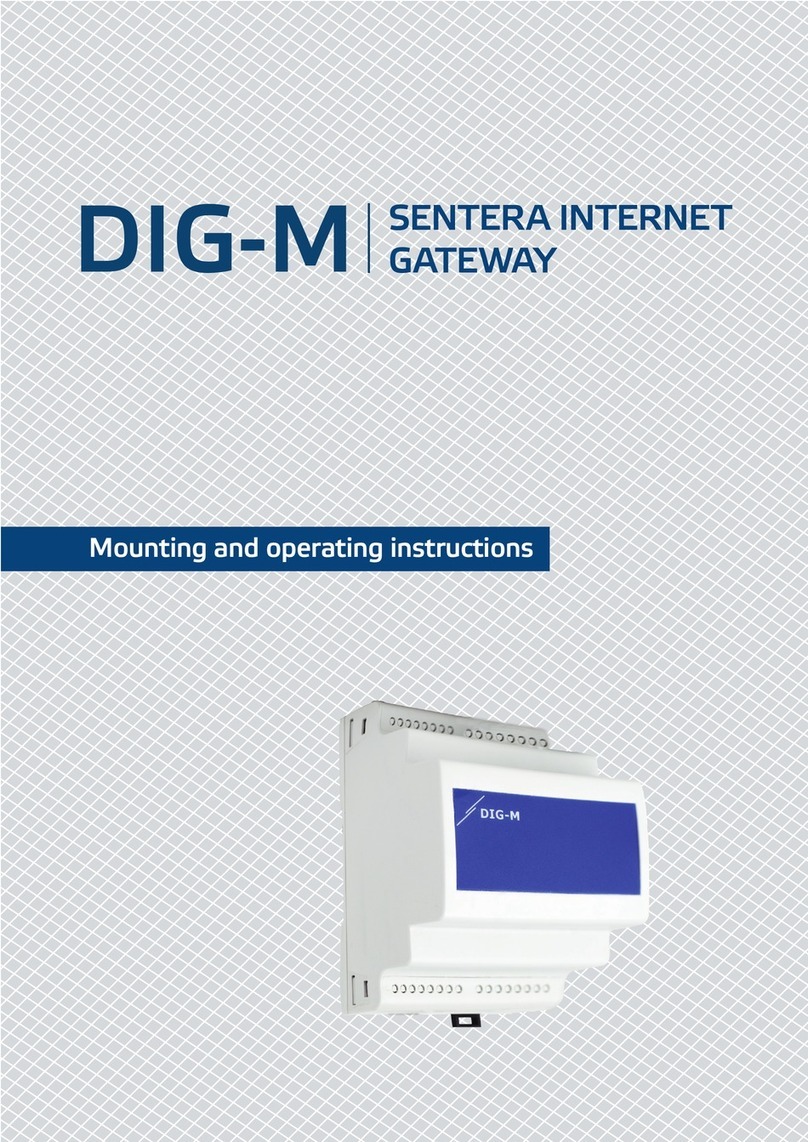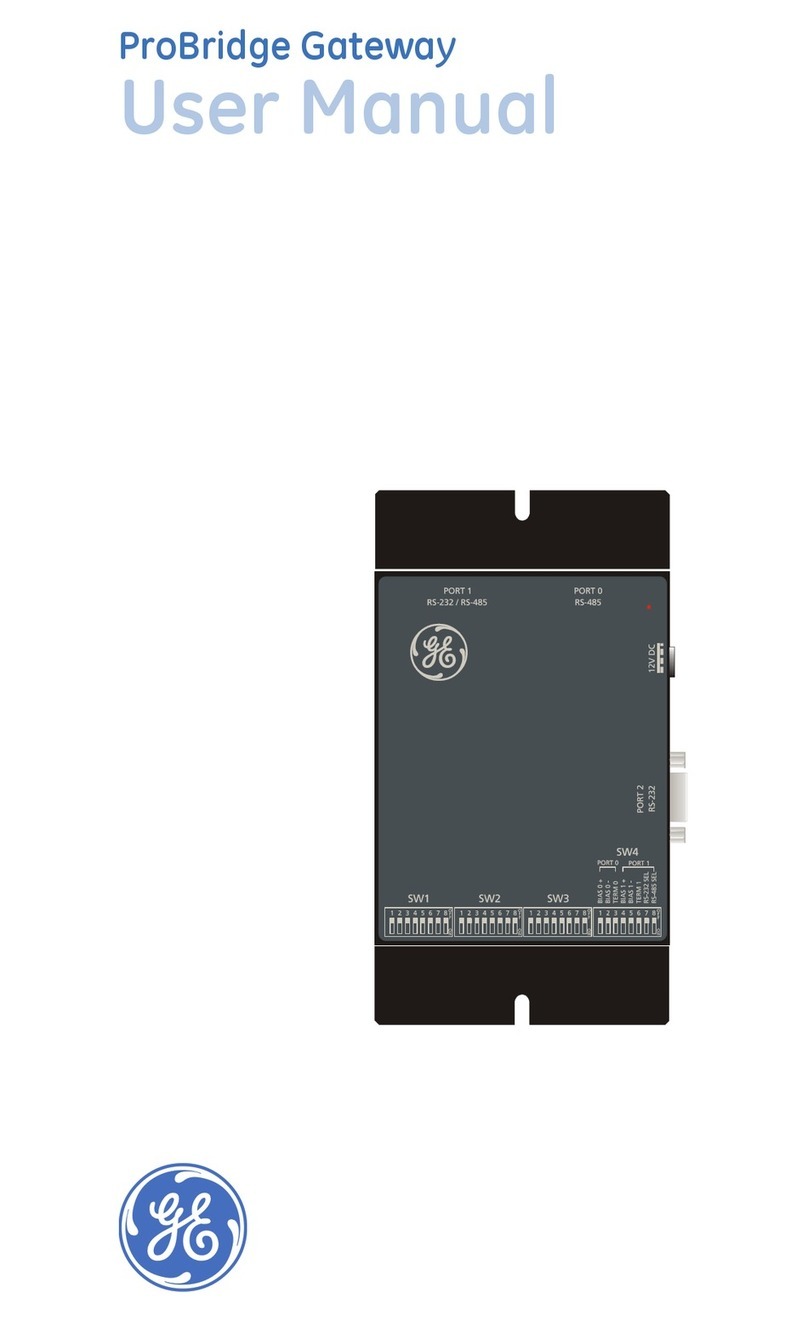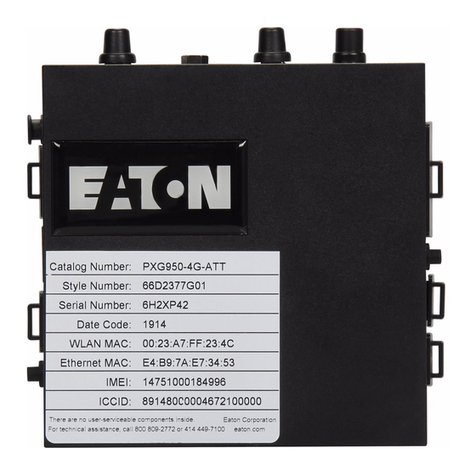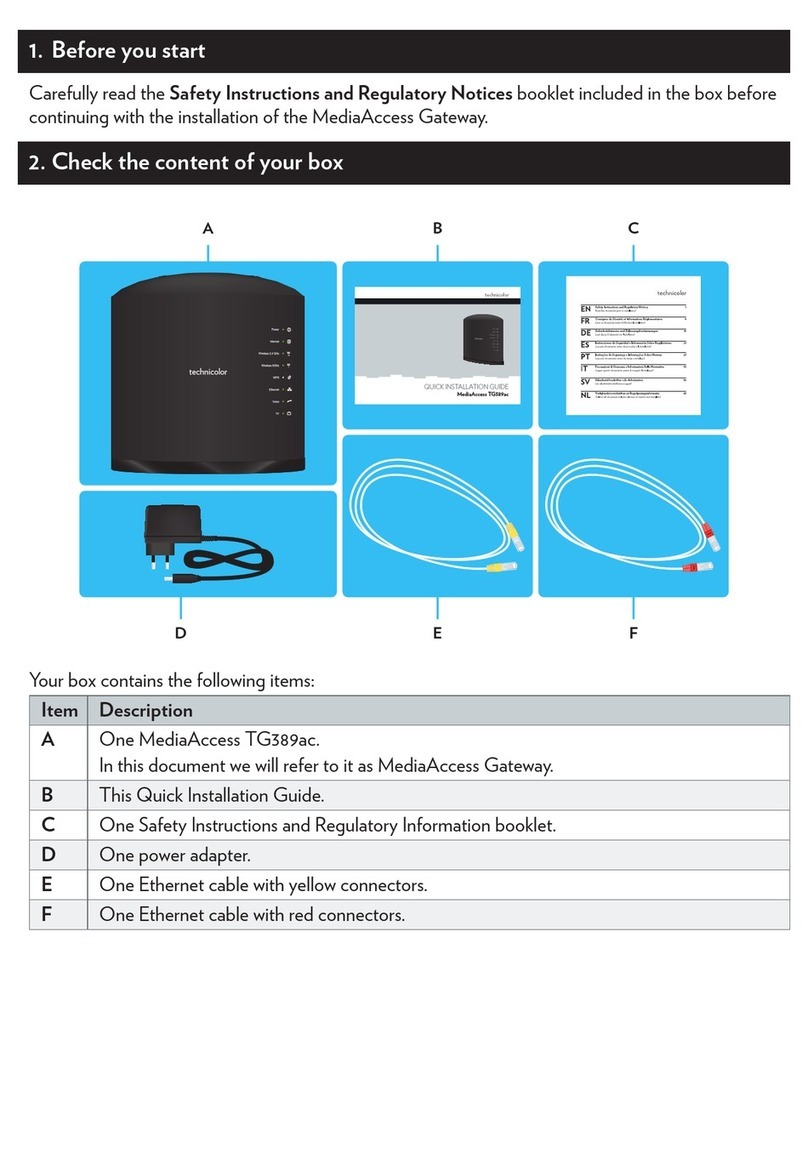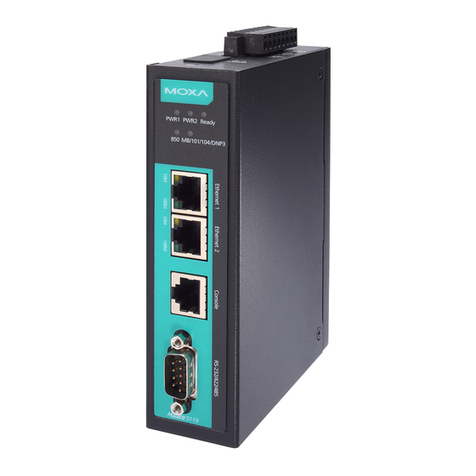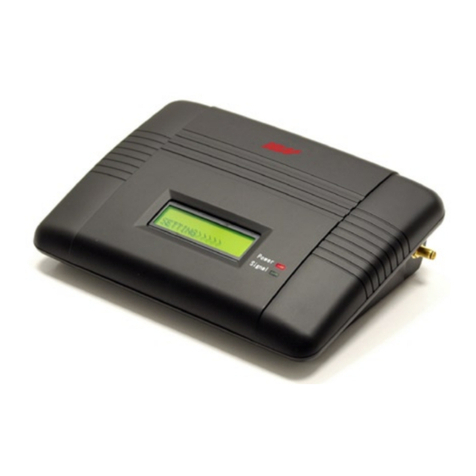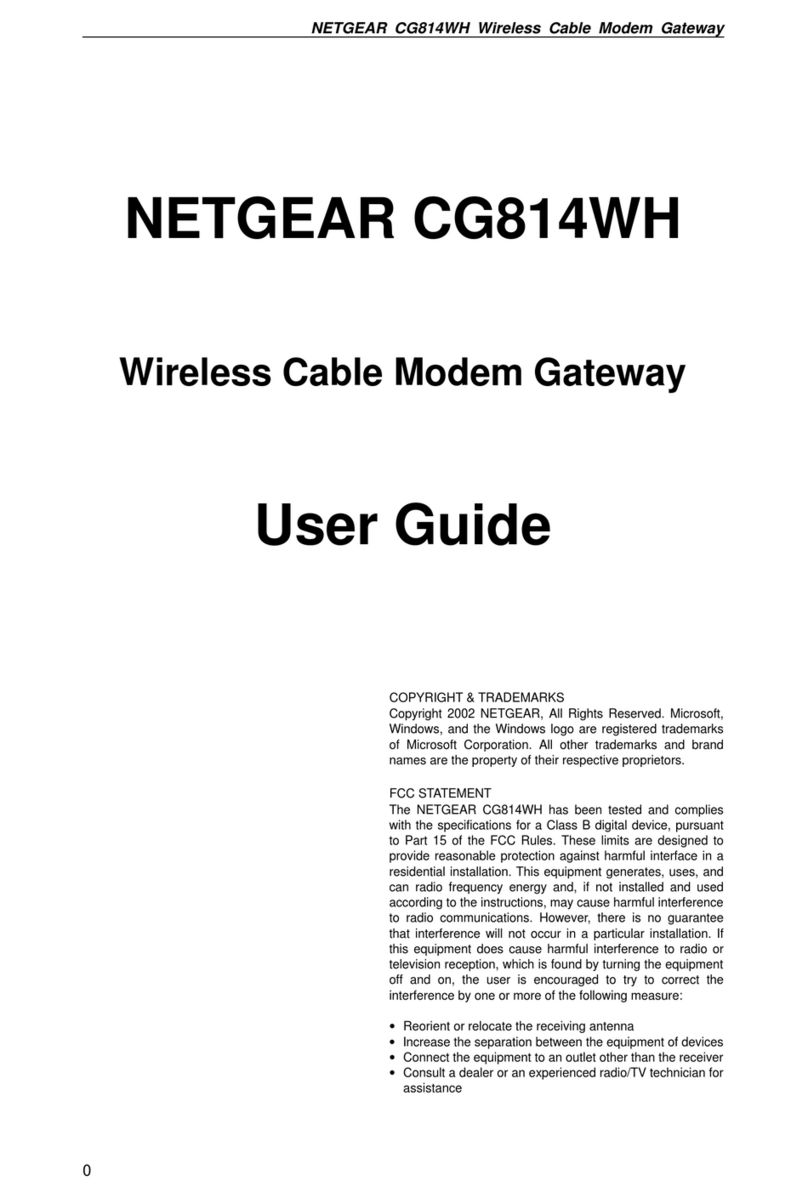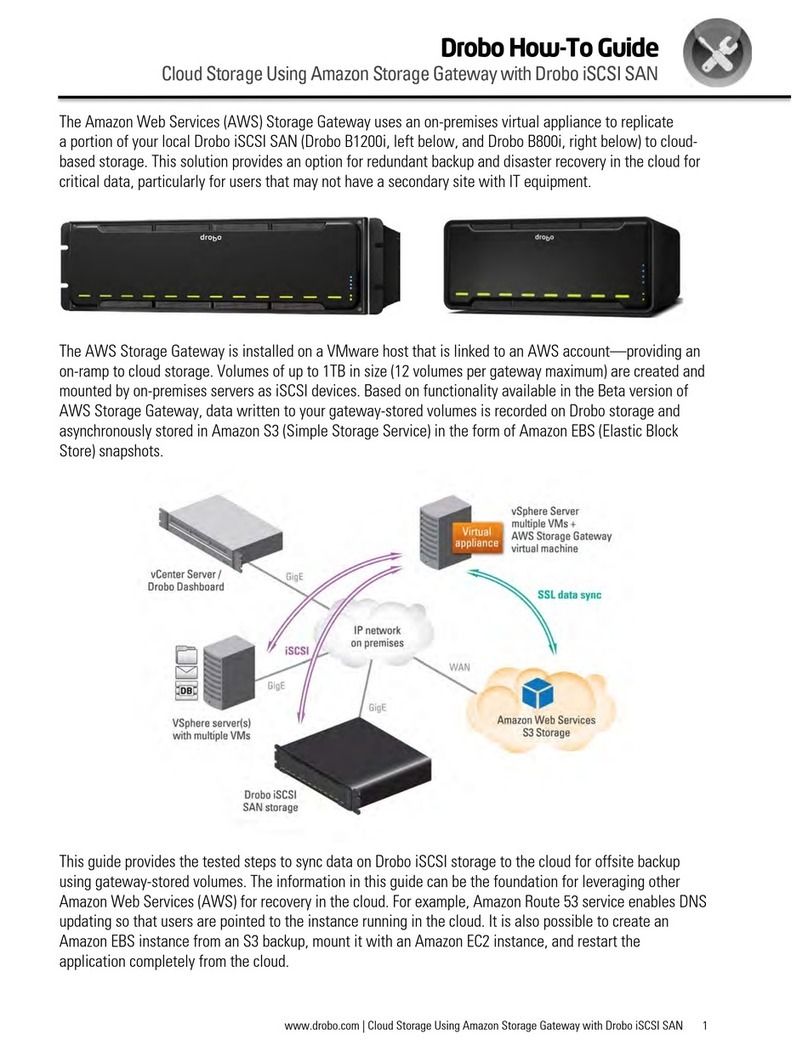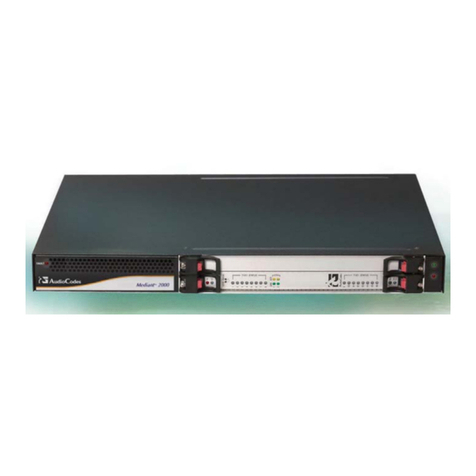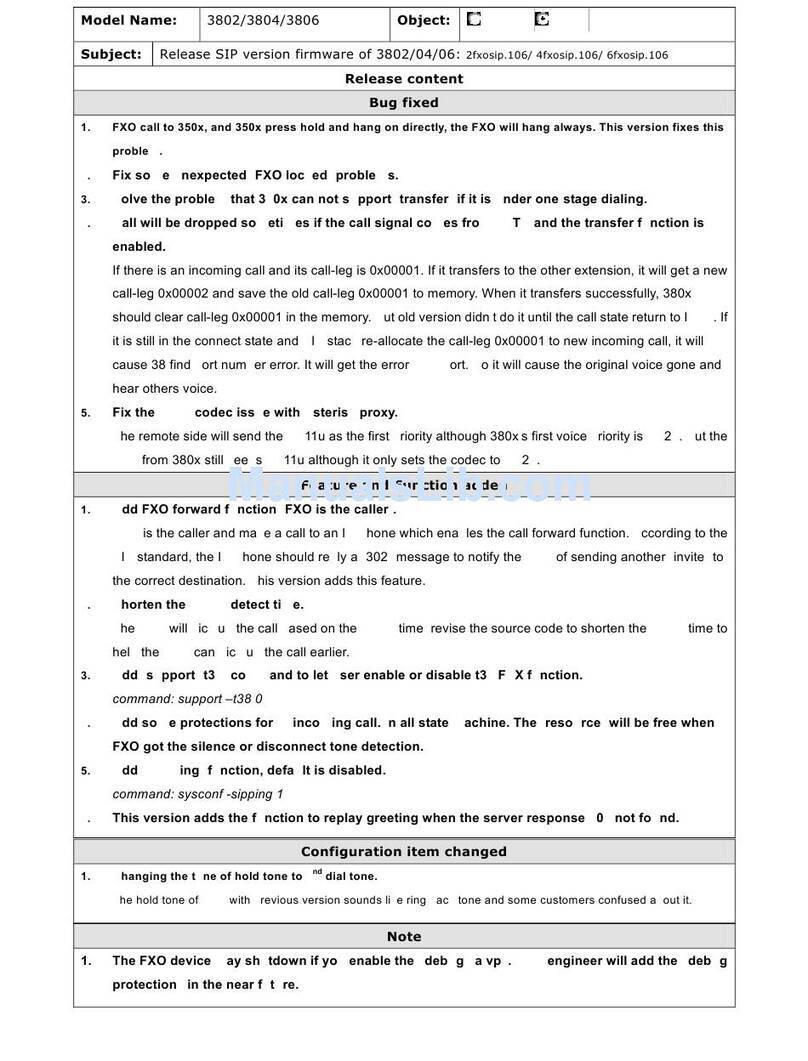Baudcom BD-E1-SIP User manual

SHANGHAI BAUDCOM COMMUNICATION DEVICE CO.,LTD
Model: BD-E1-SIP
Trunk Gateway User Manual V2.0
Shanghai Baudcom Communication Device Co., Ltd.
Address:519A,BuildingA,Lian ming Road 389,Min hang District , Shang hai City,China
Telephone: +86 21 37709251
Email: info@baudcom.com.cn
Website: https://www.e1-converter.com/

BD-E1-SIP Trunk Gateway User Manual
Revision Records
File Name
Trunk Gateway User Manual
Document Version
2.0
Firmware Version
1/2.01.04.03
Date
17/04/2014
Revised by
Technical Support Department

Content
1. PRODUCT INTRODUCTION..............................................................................................................1
1.1 Overview.............................................................................................................................1
1.2 Equipment Structure............................................................................................................1
1.2.1 Rear View.................................................................................................................1
1.2.2 Front View................................................................................................................2
1.2.3 RJ-48c Line sequence ..............................................................................................2
1.3 Functions and Features........................................................................................................3
1.3.1 Protocol standard supported.....................................................................................3
1.3.2 System Function.......................................................................................................3
1.3.3 Industrial standards supported..................................................................................3
1.3.4 General hardware specification................................................................................4
2. PARAMETER SETTING .....................................................................................................................5
2.1 Login...................................................................................................................................5
2.2 Status &Statistics ................................................................................................................6
2.2.1 System Information..................................................................................................7
2.2.2 E1/T1 Status.............................................................................................................7
2.2.3 PSTN Trunk Status...................................................................................................9
2.2.4 IP Trunk Status.........................................................................................................9
2.2.5 PRI Call Statistics.....................................................................................................9
2.2.6 SIP Call Statistics...................................................................................................10
2.3 Network.............................................................................................................................11
2.4 PRI Config ........................................................................................................................12
2.4.1 PRI Parameter ........................................................................................................12
2.4.2 PRI Trunk...............................................................................................................13
2.6 SS7 Config (optional) .......................................................................................................14
2.6.1 SS7 Trunk...............................................................................................................14
2.6.2 SS7 MTP Link........................................................................................................16
2.6.3 SS7 Circuit.............................................................................................................17
2.6.4 SS7 Circuit Maintain...........................................................................................18
2.7 R2 Config(optional)..........................................................................................................20
2.7.1 R2 Param................................................................................................................20
2.7.2 R2 Trunk ................................................................................................................22
2.8 PSTN Group Config..........................................................................................................23
2.8.1 E1/T1 Parameter.....................................................................................................23
2.8.2 Coder Group...........................................................................................................23
2.8.3 Dial Plan.................................................................................................................24
2.8.4 Dial Timeout ..........................................................................................................25
2.8.5 PSTN Profile..........................................................................................................26
2.9 SIP Config.........................................................................................................................27

2.9.1 SIP Parameter.........................................................................................................27
2.9.2 SIP Trunk ...............................................................................................................27
2.10 IP Group Config......................................................................................................28
2.10.1 IP Profile ..............................................................................................................28
2.11 Voice & Fax.....................................................................................................................29
2.12 Maintenance....................................................................................................................31
2.12.1 Management Parameter........................................................................................31
2.12.2 Data Restore.........................................................................................................32
2.12.3 Data Restore.........................................................................................................32
2.12.4 Version Information..............................................................................................33
2.12.5 Firmware Upload .................................................................................................33
2.12.6 Password Modification.........................................................................................33
2.12.7 Device Restart......................................................................................................34
3. GLOSSARY ....................................................................................................................................35

User Manual
Website: www.e1-converter.com Email: info@baudcom.com.cn Tel: +86-21-37709251 1
1. Product Introduction
1.1 Overview
BD-E1-SIP T1/E1 trunk gateway provide the ability to terminate (or originate) T1/E1
circuits directly into IP telephony system or call center, Asterisk-based distributions such as
Elastix, FreePBX, etc., or Freeswitch.
BD-E1-SIP trunk gateway provides 1/2/4 T1/E1 interfaces in a small box and also easy to
install and configure. It provides the ability to handle 120 concurrent calls maximum with
G711 codec and 64 concurrent calls with G729. Moreover, it's support ISDN PRI, SS7 and R2
signaling so that provide good connectivity to different PBXs system. BD-E1-SIP includes
following models:
•BD-E1-SIP-1E1: single port E1/T1 trunk gateway
•BD-E1-SIP-2E1: two ports E1/T1 trunk gateway
•BD-E1-SIP-4E1: four ports E1/T1 trunk gateway
Notes: BD-E1-SIP support ISDN PRI by default, need to apply new license to enable SS7/R2 if
necessary.
1.2 Equipment Structure
1.2.1 Rear View
Figure 1-2-1 BD-E1-SIP Rear View
Table 1-2-1 BD-E1-SIP Rear View Description
Interface
Description
PWR
The power interface. DC12V.1A

2
Port0-Port3
E1/T1 Port. There are 4E1 options.
FE0
The Service Ethernet Interface, standard 10/100BASE-TX Ethernet interfaces. Default IP
address is 192.168.1.111,default subnet mask is 255.255.255.0
FE1
Management Ethernet Interface. Default IP address is 192.168.11.1, default subnet mask is
255.255.255.0
1.2.2 Front View
Figure 1-2-2 BD-E1-SIP Front View
Table 1-2 -2 BD-E1-SIP Front View Description
LED
Function
Color
Work Status
POWER
Power status indicator
Green
Off:Power is off
On: Power is on
RUN
Register indicator
Green
Slow blinking: Unregister
Fast blinking: Register
ALM
The failure of device
indicator
Yellow
Off: Normal
On: Failed
RST
Reset button, it is used to restart the device
CONSOLE
RS232 console port: it can be used to debug and configure the device. The baud rate is 115200
bps.
E1/T1
Indicating the connection
state of device E1/T1.
Green
Off:E1/T1 port connection normal
On: E1/T1 port connection and sending/ receiving
message normal
Flash:E1/T1 port connection failed
LINK
Indicating the connection
state of the network
Green
Off: Network connection failed
On: Network connection normal, and 0 indicates FE0
and 1 indicates FE1
SPEED
Indicating the network
bandwidth
Yellow
Off:10Mbps bandwidth
On:100Mbps bandwidth
1.2.3 RJ-48c Line sequence

3
BD-E1-SIP trunk gateway adopts standard RJ-48C interface and impedance value is 120Ω.
Connected end device by cross lines sequence.
1.3 Functions and Features
1.3.1 Protocol standard supported
●Standard SIP /PRI protocol
● Dynamic Host Configuration Protocol (DHCP)
● Point-to-Point Protocol over Ethernet (PPPoE)
●Hypertext Transfer Protocol (HTTP)
● Domain Name System (DNS)
● ITU-T G.711A-Law/U-Law、G.723.1、G.729AB、iLBC (optional)
1.3.2 System Function
● Comfort Noise Generation (CNG)
● Voice Activity Detection (VAD)
● Adaptive (Dynamic) Jitter Buffer (DJB)
● DTMF mode: RFC 2833, SIP INFO and INBAND
● T.38/ Pass-Through FAX over IP
● HTTP/Telnet configuration
● Firmware upgrade by TFTP/Web
1.3.3 Industrial standards supported
● Stationary use environment: EN 300 019: Class 3.1
● Storage environment: EN 300 019: Class 1.2
● Transportation environment: EN 300 019: Class 2.3

4
● Acoustic noise: EN 300 753
● CE EMC directive 2004/108/EC
● EN55022: 2006+A1:2007
● EN61000-3-2: 2006,
● EN61000-3-3: 1995+A1: 2001+A2: 2005
● EN55024: 1998+A1: 2001+A2: 2003
● Certifications: FCC, CE
1.3.4 General hardware specification
● Power supply: 12VDC, 1A
● Temperature: 0~40℃(operational),-20~70℃(storage)
● Humidity: 10%~90%, no condensation
● Max power consumption: 15W
● Dimension (mm): 210*150*38
● Net weight: 0.75kg

5
2. Parameter setting
2.1 Login
First, device FE0 port connect PC with string, and then fill FE0 IP address in browser, FE0 default
IP address is 192.168.1.111. It will request customer to input user name and password. Default
user name and password are “admin”.
If customer modified the default IP or forgot the IP, that can’t enter the configuration page.
Please connect PC and device serial with the serial line. Enter the CLI to view or modify the
equipment IP. Here IP is set to 172.16.33.60. In addition, hold down the RST button to restart the
device, customer can regain the port’s default IP. Then enter the IP address of device in the
browser address bar. Customer will see the following page.
Figure 2-1-1 Login Interfaces
The default user name and password is "admin". To guarantee the system safety, when login for
the first time. The system will prompt the user to modify the password. The interface is shown as
below.
Figure 2-1-2 Modify Password
After inputting the old password, input a new password and confirm it by inputting it again.

6
2.2 Status &Statistics
Users through to traverse the left navigation tree, and can complete view, edit and configuration
device in the right configuration interface.
TG configuration flow chart below:

7
2.2.1 System Information
This configuration page includes general information and version information.
Figure 2-2-1 System Information
Table 2-2-1 Description of System Information
MAC address
Hardware address of FE0 port
Service Ethernet Mode
Network mode of FE0, include: static and DHCP.
Service Ethernet Interface
Include: IP address, subnet mask, FE0 port default gateway
Management Ethernet Interface
Include IP address、subnet mask of FE1
DNS
DNS server IP address
System Up Time
Time elapsed from device power on to now
Traffic Statics
Total bytes of message received and sent by FE0 port
Equipment Type
Equipment type; this equipment is: BD-E1-SIP
Hardware Version
Hardware version of device
DSP Version
Digital signal processing chip driver version
Web Version
Version of current WEB interface of device
Software Version
Software version of device running currently
Built Time
The build time of current software version
2.2.2 E1/T1 Status
Figure 2-2-2 E1/T1 Status

8
Table 2-2-2 Description of E1/T1 status
E1/T1 Port Status
1. LOS Alarm: Signal loss alarm, this alarm is created when receiving is lost; please check
the physical connection whether disconnected.
2. RAI Alarm: Receive remote alarm indication, it is a signal transmitted in the outgoing
direction when a terminal determines that it has lost the incoming signal. Receiving
remote alarm indication (RAI) means the far-end equipment over the T1 line has a
problem with the signal it is receiving from the upstream equipment.
3. AIS Alarm: The Alarm Indication Signal (AIS) failure is declared when an AIS defect is
detected at the input and the AIS defect still exists after the Loss of frame failure which is
caused by the unframed nature of the 'all-ones' signal is declared. The AIS failure is
cleared when the Loss Of Frame failure is cleared.
4. Disable: Means that this E1/T1 is not used.
5. ISDN/SS7 Signal Alarm: Means physical connection is normal, signaling link has
problem.
6. Active-OK: Means that physical connection and signaling link are normal.
E1/T1Channel Status
1.Frame-Sync: Non voice channel, which used as a synchronization channel
2.Idle: Means this channel is idle, when the channel is enabled and the cable is
connected OK.
3.Signal: Signal channel
4.Busy: Means this channel is occupied by voice
5. Fault: The channel is enabled but the cable is not connected.
6.Disable: Have not use this E1/T1 trunk
7.L-blocked:
Local blocked, means that communication can only be initiated from local
8.R-blocked:
Remote blocked, means that communication can only be initiated from remote
9.B-blocked:
Both Sides blocked, means that the two sides cannot communication

9
2.2.3 PSTN Trunk Status
Figure 2-2-3 PSTN Trunk Status
Table 2-2-3 Description of PSTN Trunk Status
PRI Trunk No
The number of PRI trunk, each trunk corresponds to a PRI link
Trunk Name
Used to identify the name of the trunk
E1/T1Port No
Indicate the E1/T1 line occupied by the PRI trunk.
Link Status
Indicate whether the PRI link is established.
2.2.4 IPTrunk Status
Figure 2-2-4 IP Trunk Status
Table 2-2-4 Description of IP Trunk Status
SIP Trunk No
The number of SIP trunk
Username
When SIP trunk is under registered mode, change the value in the configuration shown in
the account registration, If SIP trunk is under non-registered mode, the value is
meaningless, as '---'
Trunk Mode
Peer and Access two modes
Register Status
Indicate the status of SIP trunk(access mode), register or unregister, when is under peer to
peer mode, the values is meaningless, as '---'
Link Status
Established and Fault status.
2.2.5 PRI Call Statistics
Figure 2-2-5 PRI Trunk Call Statistics

10
Table 2-2-5 PRI Description of PRI call statistics
PRI Trunk No
The number of PRI trunk
Trunk Name
The name used to describe the PRI trunk
Current Calls
Number of lines that are being called currently
Accumulated Calls
Total number of calls from running start of system to current time.
ASR
The percent of calls completed in total calls.
This statistics page show the reasons for release of the call, including: Normal Call Clearing, Call
Rejected, User Busy, No User Response, No Circuit Available, Unassigned Number, Normal
Unspecified and others. Statistical information in an intuitive would be reflected on the pie char.
2.2.6 SIP Call Statistics
Figure 2-2-6 SIP Trunk Call Statistics
Table 2-2-6 Description of SIP Call Statistics
SIP Trunk No
The number of SIP trunk
Trunk Name
The name used to describe the PRI trunk
Current Calls
Number of lines that are being called currently

11
2.3 Network
Figure 2-3-1 Network Configuration
Table 2-3-1 Description of Network Configuration
Service
Ethernet
Interface (FE0)
Obtain IP address
automatically
If Selected, the TG will obtain IP address via DHCP
Use the following IP
address
If Selected ,Set a static IP for Service Ethernet Interface .Need
to fill the IP address, Subnet Mask, and Default Gateway
PPPoE
If users approach the net via PPPoE, please Select it and fill your
account and password.
Management
Ethernet
Interface
IP address
Fill the IP address of FE1
Subnet mask
Fill the subnet mask of FE1
DNS Server
Obtain DNS server
address automatically
If selected, the TG will obtain DNS server IP address via DHCP
Use the following DNS
server addresses
If selected, you need fill Primary DNS server addresses, the
secondary DNS Server is optional.
Ntoe:FE0 port IP and FE1 port IP should be set in different segments. After configure the
network address, and restart the gateway configuration to take effect.

12
2.4 PRI Config
2.4.1 PRI Parameter
Figure 2-4-1 PRI Parameter
Table 2-4-1 Description of PRI Parameter
Calling Party Numbering Plan
Provide six plans: Unknown, ISDN/Telephony numbering plan, data
numbering plan, telegraph numbering plan, national standard numbering
plan, private numbering plan. The default is ISDN/Telephony numbering
plan.
Calling Party Number Type
Six optional types are provided for calling party: Unknown, International
number, National number, Network special number, User number, Short
code dialing. The default option is Unknown.
Screening Indicator for Displaying
Caller Number
Four options available: User provider, no shield; User provide, check and
send; User provide, check and having failure; Network provide. The
default option is: User provider, no shield.
Screening Indicator for No Displaying
Caller Number
Four options available: User provider, no shield; User provide, check and
send; User provide, check and having failure; Network provide. The
default option is: User provider, no shield.
Called Party Numbering Plan
Provide six plans: Unknown, ISDN/Telephony numbering plan, data
numbering plan, telegraph numbering plan, national standard numbering
plan, private numbering plan. The default is ISDN/Telephony numbering
plan.
Called Party Number Type
Six optional types are provided for called party: Unknown, International
number, National number, Network special number, User number, Short
code dialing. The default option is Unknown.
Information Transfer Capability
Support speech and 3.1khz audio. The default option is speech.

13
2.4.2 PRI Trunk
Figure 2-4-2 PRI Trunk
Click “Add” to add a PRI Trunk. If user want to delete or modify a PRI Trunk, please select the
PRI Trunk user want to do.
Figure 2-4-3 PRI Trunk Add
Table 2-4-2 Description of Add PRI Trunk
Trunk No
The number of PRI trunk; when user add PRI trunk, 0~7 number will appear in the
pull-down menu to be selected (the number here depends on E1/T1 physical port
number actually existed in equipment). After trunk number is established, filling in
corresponding port number in “E1/T1 Port No.”, so as to assign E1/T1 to designated
trunk; Each PRI trunk corresponds to a E1/T1 port.
Trunk Name
Description of PRI trunk
Channel ID
Channel ID of E1/T1 ports, this number definition generally starts from 0.
D-channel
Indicate whether E1/T1 supports D channel, the default is Yes.
E1/T1 Port No
E1/T1 port number is numbered according to the physical position of E1/T1, it generally
starts from 0.
Protocol
Interface type of PRI. There are two types are available: ISDN and QSIG; the default is
ISDN.
Switch Side
Indicate PRI network property of E1/T1, it is divided into: “User side” and“Network
side”. When PRI loopback is carried out, the network properties of E1/T1 port at both
receiving and sending sides must be different.

14
Alerting Indication
The ring signal include Alerting and Progress
2.6 SS7 Config (optional)
SS7 configuration includes: SS7trunk, SS7 MTP Link, SS7 CIC and SS7 CIC Maintain.
Figure 2-6-1 Add PRI Trunk
2.6.1 SS7 Trunk
Figure 2-6-2 SS7 Trunk
Figure 2-6-3 SS7 Trunk Add

15
SS7 is a standard protocol to initiate a calling connection with SPC exchange.
Notes:
1. “Trunk No.” is a shared data, therefore, SS7 „Trunk No.‟ can't be the same as PRI “Trunk No.”
2. SPC length is 24bits when option “ANSI” or “ITU-CHINA” is selected in item “Standard
Type”.
3. SPC length is 14bits when option “ITU” is selected in item “Standard Type”.
4. SPC Length represents the structure of OPC/DPC. SPC View Mode indicates which input
format is selected for OPC/DPC structure.
5. When SPC length is 24bits and 'Hex' are selected, the structure is like xyz, and x,y,z must be
hex number between 00-FF. eg., 33AA55.
6. When SPC length is 14bits and 'ITU Pointcode Structure' are selected, the structure is like
x-y-z, and x,z must be decimal number between 0-7, and y must be decimal number between
0-255. eg., 6-222-3.
7. When SPC length is 14bits and 'Hex' are selected, the structure is like xyz, and x/z is a 3 bit
hex number, y is a 8 bit hex number. eg., 202E(100 00000101 110).
SS7 trunk add
Select Trunk No
The number of SS7 trunk. Generally, a DPC will establish a SS7 trunk number
respectively, SS7 trunk number cannot be conflict with PRI trunk number. After
SS7 trunk is established, assign E1/T1 to SS7 trunk in “SS7 Circuit” option.
Trunk Name
Name of trunk, it can be edited to any name user want.
Protocol
SPC types: ITU-T (14 bit), ANSI (24 bit), ITU-CHINA (24 bit)
Protocol Type
Supported two protocol types: ISUP and TUP
SPC Format
Signaling Point Code format includes hexadecimal system and ITU pointcode
structure (decimal system)
OPC
Original Point Code
DPC
Destination Point Code
Service Type
SS7 service types: ISUP (ISDN User Part) and TUP (Telephone User Part).
Network Indicator
Indicate the network property of SS7, including International Network,
International Spare, National Network, National Spare; the default is “National
Network” (this type is used in China, USA, and Japan), “International
Network” is generally used in inter-office switch room; others will be selected
according to physical circumstances.
Note:
1. If protocol standard chose 'ANSI' or 'ITU-CHINA', and then the SPC length is 24 bits.

16
2. If protocol standard chose'ITU', and then the SPC length is 14 bits.
3. SPC length performance on the OPC/DPC structure; SPC pattern instructions of the different
structure OPC/DPC input formats.
4. When the SPC length is 24 bits, and chosen ITU, OPC/DPC structure format is :x-y-z; x、y、z is
a number of 0-255, such as: 22-222-77
5. When the SPC length is 24 bits, and chosen Hex, OPC/DPC structure format is :xyz; x、y、z
must be Hex number of 00-FF, such as: 33AA55
6. When the SPC length is 24 bits, and chosen ITU, OPC/DPC structure format is : x-y-z;x、z
must be decimal value; y is decimal number 0-255, such as: 6-222-3
7. When the SPC length is 24 bits, and chosen Hex, OPC/DPC structure format is :xyz; x、z must
be three bitts hex value; y is 8 bitts hex value, such as:(202E)100 00000101 110
2.6.2 SS7 MTPLink
Figure 2-6-4 SS7 MTP Link
Figure 2-6-5 SS7 MTP Link Add
Table of contents
Other Baudcom Gateway manuals
